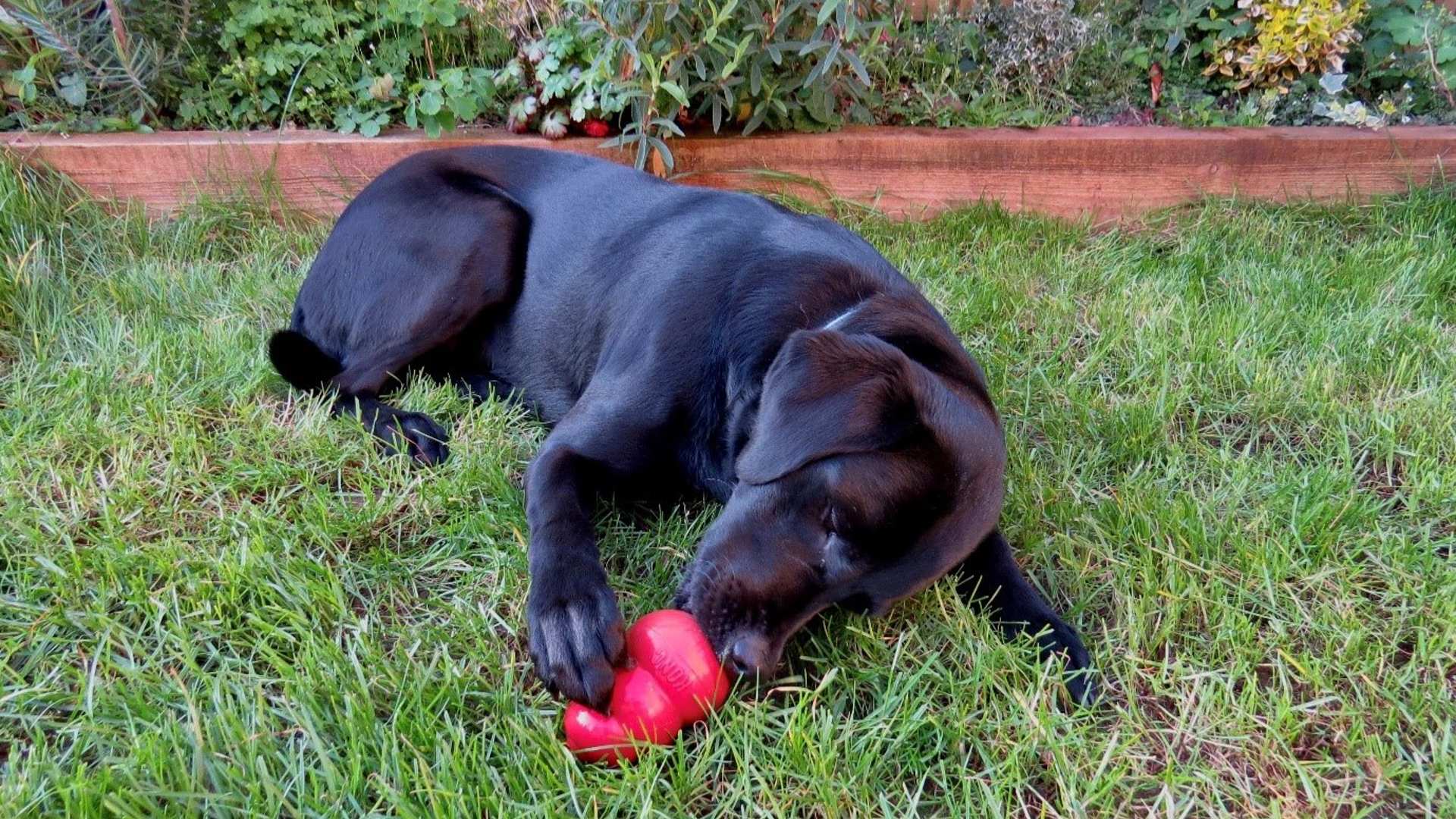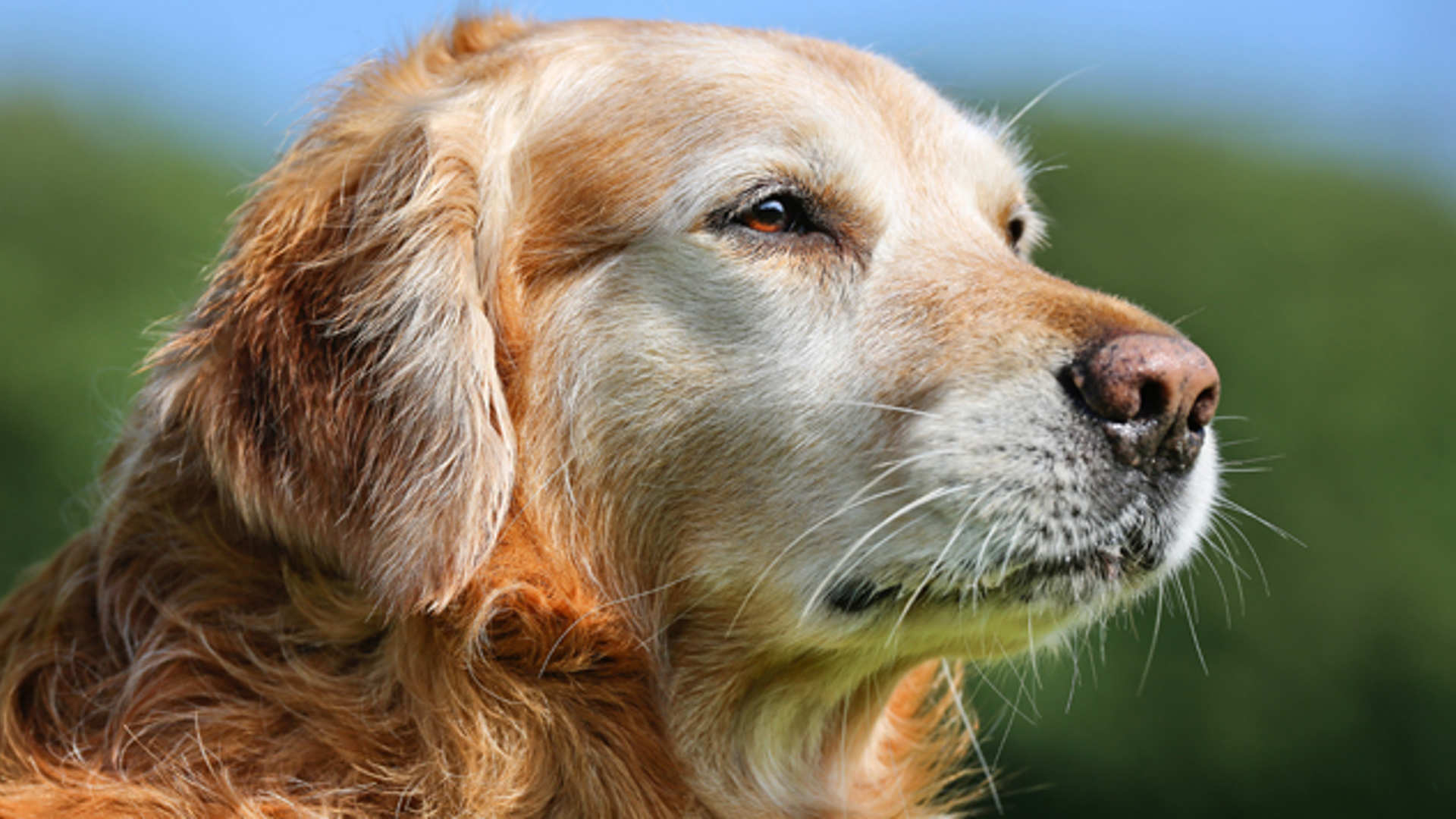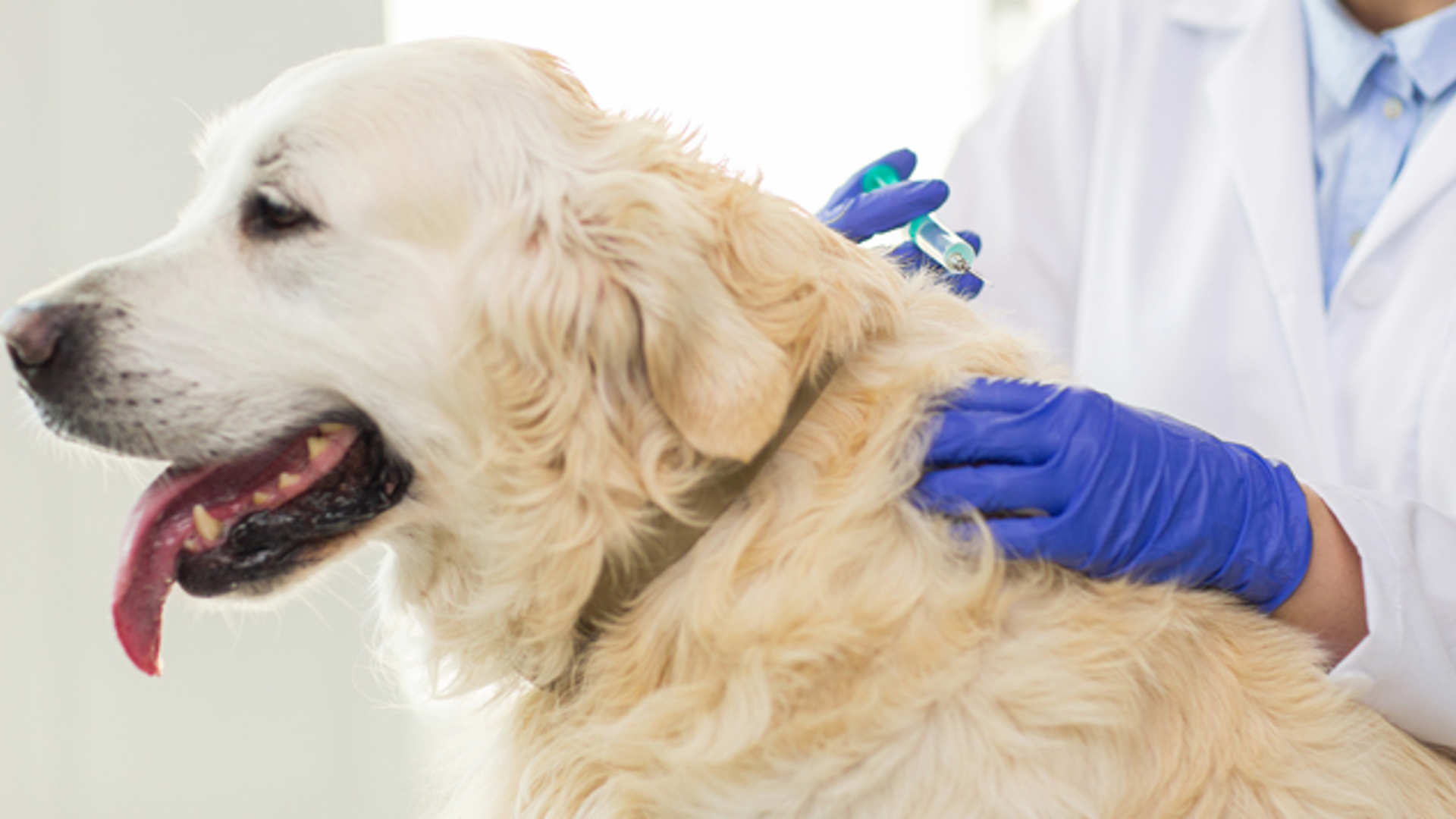Entertaining your Dog at Home
There are many changes you can make at home to keep your dog entertained with a more enriching environment. Here are a few examples to get you started:

We offer a multi-disciplinary referral service to veterinary surgeons across the UK. We accept emergency referrals 24 hours a day, 7 days a week.
In order to book an appointment with us, you need to request a referral to us from your pet’s usual veterinary practice.
Telephone: 0117 394 0513
Location: Langford House, Langford, BS40 5DUOutstanding veterinary care for horses and ponies in the heart of Somerset
Stables Equine Practice are experienced in dealing with horses and ponies involved in all competitive disciplines - from breeding, to pleasure horses and companions.
Telephone: 01749 830 666 / emergency pager 01379 673 827
Location: Conkerfield, Pennybatch Lane, Wookey, Nr. Wells, BA5 1NHYour local vets for all your pets.
We aim to provide the best possible care for your animals to ensure they are kept fit and healthy throughout their lives. Our practice offers a caring, family feel to ensure that you and your pet receive a personal and friendly service.
Telephone: 01934 852 422
Location: Langford House, Langford, BS40 5DULangford Vets Farm Animal Practice have extensive experience in all aspects of the farming sector and smallholder work including dairy, beef, sheep, goats, camelids, pigs and poultry.
Telephone: 01934 852 650
Location: Langford House, Langford, BS40 5DUWe are a dynamic, customer focused business providing an extensive, high-quality range of laboratory tests across many species.
We also offer an internationally recognised cat genetic testing service to owners and breeders.
Telephone: 0117 394 0510
Location: Langford House, Langford, BS40 5DUAdvancing veterinary education and career excellence
Langford Vets are passionate about promoting career-long learning for veterinary professionals with advanced training and career development opportunities provided through our Langford Academy.
Telephone: Email: brm@langfordvets.co.uk
Location: Langford House, Langford, BS40 5DUMaking the vets a positive place to be is important for your dog. Your dog will feel more comfortable if they get to know the veterinary environment and the staff.
It is important that your dog gets used to being handled by veterinary staff and this training can start at home. In a relaxed home environment, practice handling your pets’ paws, ears, stomach & back of their neck, as these are the most common areas handled by veterinary staff during a consultation. For further advice, please speak to a member of our team.
Take your dog to the vets on a regular basis, even when not having an appointment, to make them feel happy and comfortable visiting a vet practice and getting to know the team. This could be to check their weight or buying their food or flea treatment, so they do not associate the visit with a procedure taking place.
Another point of anxiety for your dog when visiting the vets may be the car journey. For some patients, travel can be stressful, so it is important to make this as stress free as possible to have a positive veterinary experience. Ensure your pet is going for regular car journey’s other than for a vet visit, so they don’t just associate the car with a visit to the veterinary practice.
Calming products are also available to help reduce stress, such as Calmex, Adaptil or Pet Remedy. Putting a familiar blanket with your dog’s scent in the car can also make them feel more at ease. If travelling by car, it is a legal requirement to have your dog suitably restrained, whether this is using a harness and seat belt or a guard if they are in the boot.
Start by bringing your dog into the vets when you’re passing. Ask our team to give them treats and make a nice fuss of them each time so your dog does not associate the practice with a negative experience. You can take this opportunity to weigh them too, as getting them used to the scales is also important.
Bringing that familiar blanket with you into the waiting room can also help to settle your dog. Don’t force your dog to sit or lie down - allow them to feel comfortable in their own way. Smaller dogs may prefer to be picked up and sit on your lap whilst you wait for your consultation.
If you feel they are getting stressed, you can choose to wait outside or in the car (if it’s not too hot), but please notify a member of the reception team where you will be waiting.
During an examination, sometimes your dog may become stressed, if feeling unwell or in discomfort. Try to stay calm and confident during the appointment to show your dog that you are not worried. You can reward your dog with treats to positively reinforce their behaviour (unless there is a reason they are not allowed to eat, due to having a procedure or have an upset stomach).
If you feel they are unhappy during the examination, please make the vet or nurse aware if you notice any abnormal behaviour, such as growling or becoming tense, so they can stop and give your dog a break and a chance to relax a little.
Always end on a positive note. If suitable, ask the veterinary team to give your dog a treat or some fuss as a reward for completing the examination. It may also be beneficial to take your dog for a stroll in the grounds (ask for our nature walk map) before returning them to the car, to allow them to relax after visiting us.
There are many changes you can make at home to keep your dog entertained with a more enriching environment. Here are a few examples to get you started:

Find out how to support your cat dog or rabbit especially as they move into their senior years.

